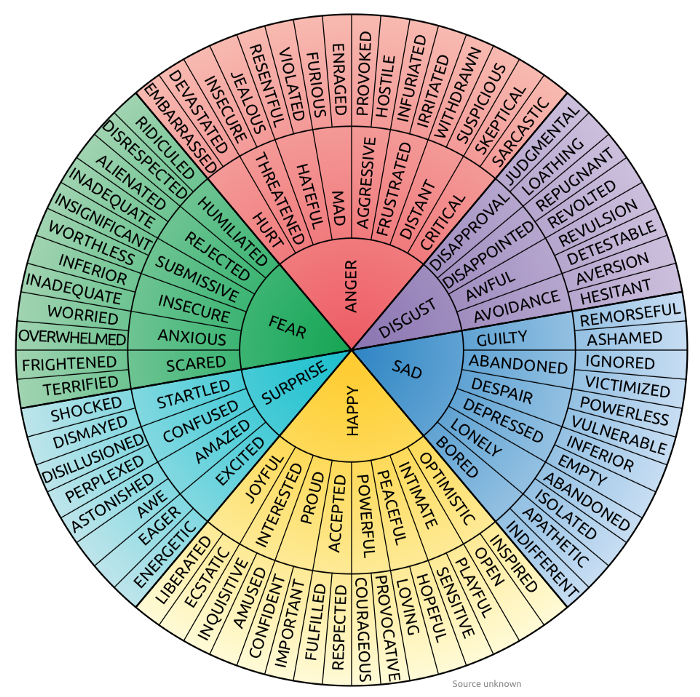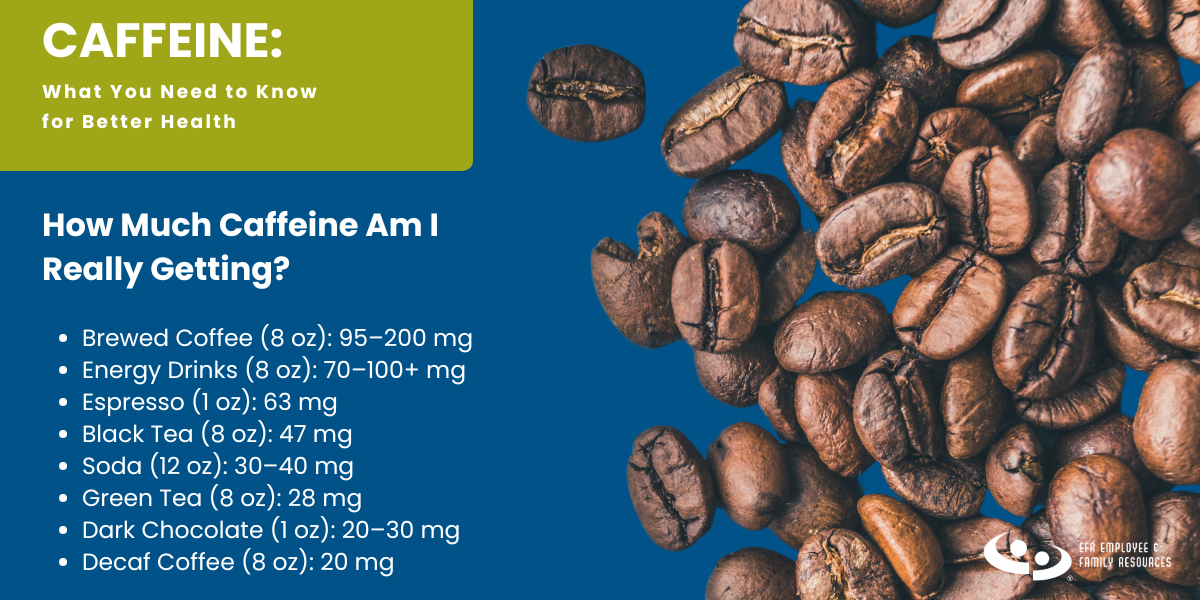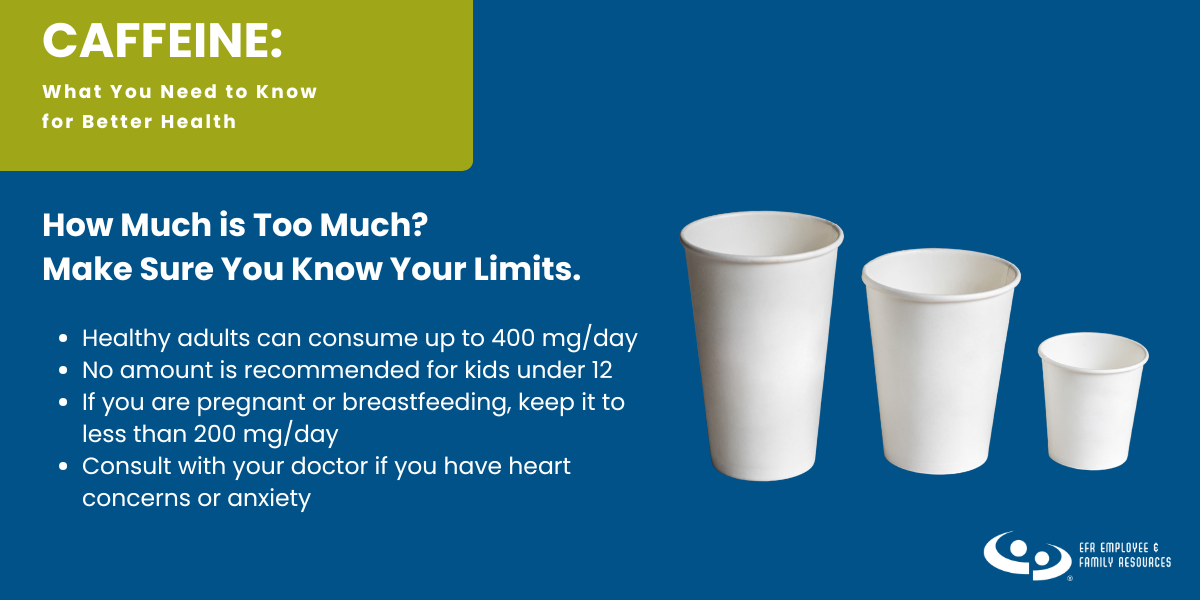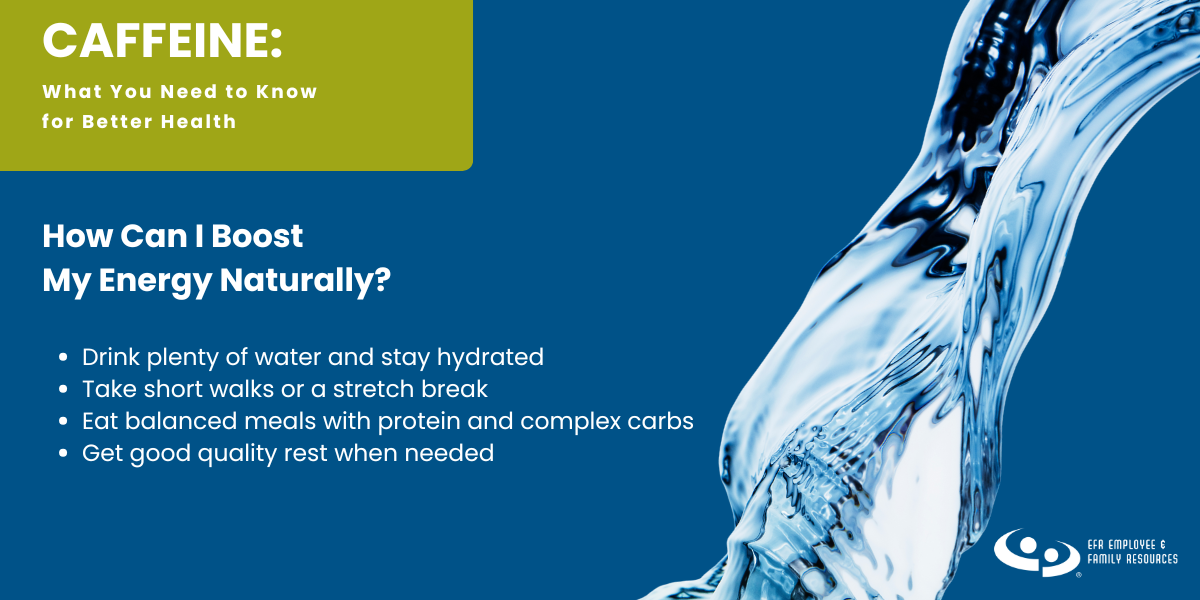A kaleidoscope of emotions colors your world each day, influencing your perceptions, decisions, and behaviors. Sometimes you choose activities based on the emotions they evoke, such as listening to oldies on the radio and going for a drive when you are feeling nostalgic. Emotions, like sadness, can prompt you to eat certain sweets to cope (also known as emotional eating) or reach for a cigarette when you’re nervous. You may misinterpret a coworker’s comment and snap at them when you’re angry, or pay extra close attention to the vibrant hues of a sunrise when you’re enveloped in happiness. Understanding how your emotions impact your decisions helps you navigate life with more clarity of mind and greater resilience than being at the whim of fleeting emotions. So, what exactly are emotions? And how do they work?
Listen to Related Podcast: Understanding Food and Mood: Susie Roberts, the Nutrition Services Director for Community Health Partners, shares how food and mood are connected! Did you know you make over 200 food choices each day? While many people associate making food choices with their physical health and appearance, food choices affect emotional well-being, too. In this episode, Susie answers the many questions regarding those choices, diet fads, and explains the difference between eating disorders and disordered eating.
Defining Emotions
The science of emotions, known as emotional psychology, constantly proposes new hypotheses, challenges previous theories, and expands upon ideas. While there is no concrete definition or explanation of emotions, scientists commonly agree on one idea; experiencing an emotion consists of three distinct components; a subjective experience, a physiological response, and a behavioral response.
Subjective Experience
Your subjective experience, also known as a stimulus, is an event that provokes emotion. While universal emotions exist, what prompts them is unique to each person. The trigger can be as simple as smelling a particular fragrance and feeling nostalgic or as complex as losing a loved one and mourning. Subjective experience is highly personal and individualistic; no one else will react the same way. For example, you may feel intense sadness after losing a loved one, while others may feel fear and anger.
Physiological Response
You can most likely pinpoint when you’re afraid based on your physiological response; a racing heart, sweaty palms, quickened breath, muscle tension, and a pit in your stomach. The autonomic nervous system, which controls your involuntary, unconscious bodily functions, is responsible for this physical response. Your amygdala also plays a significant role in emotion and fear, and damage to the amygdala is proven to impede your body’s fear response.
Behavioral Response
Your behavioral response is the tangible expression of emotion, such as a laugh, smile, grimace, scowl, or sigh. Your facial appearance signals to others how you’re feeling. While some expressions are universal such as a smile to indicate happiness and a frown to indicate sadness, sociocultural norms factor into how you communicate and interpret emotions. In Japan, people tend to refrain from expressing negative sentiments in the presence of others, while in the United States, individuals are more likely to express negative emotions regardless.
Basic and Complex Emotions
Basic Emotions
The expression of basic emotions tends to occur automatically and is recognized universally; for example, a smile indicates happiness. Because the presentation and interpretation of these basic emotions are the same regardless of cultural background (i.e., a frown demonstrates sadness) it suggests they are biological and adaptive, signaling to others how to act accordingly in our presence. While scientists disagree on the exact number of basic emotions, it is agreed there are at least four: fear, anger, sadness, and happiness. Many emotional psychologists add surprise and disgust to the above list.
Complex Emotions
While basic universal emotions exist, you don’t always encounter them in their pure form. Complex emotions don’t have universally recognized appearances and may look different from person to person or culture to culture. You may express shame through a frown and tears, while a friend may remain silent and blank. Complex emotions combine two or more basic emotions that can be blended or experienced consecutively. For example, you may feel a combination of happiness and fear, which translates to the complex emotions of awe or wonder. You can think of basic emotions as primary colors from which all complex emotions are derived. The feeling wheel below shows how primary emotions at the center form the basis of complex emotions on the outer edge.

Emotions vs Moods vs Feelings
You’ve probably heard and even used the terms emotions, moods, and feelings used interchangeably, but they are not the same thing. So what’s the difference?
- Emotions are a brief, intense experience that typically accompanies an identifiable cause, like becoming annoyed at slow traffic. A pattern of reaction, it consists of three components; subjective experience, physiological response, and behavioral response.
- A mood is less intense but longer-lasting. It does not necessarily have an identifiable cause. Moods can be influenced by a collection of inputs like your physical health, mental health, and environment. For example, an insult may trigger an angry emotion, while an angry mood can emerge without an apparent cause, hence the phrase “waking up on the wrong side of the bed.”
- Feelings result from emotion and are influenced by your thoughts, beliefs, and memories. They are a conscious experience that can occur after an emotion sinks in. For example, imagine you learned you were turned down for a promotion and experienced sadness. Then you started thinking about other times you failed, leading you to believe you’re not good enough, which led to feelings of low self-worth.
The next time you notice a shift in your mood, take a moment to consider what your emotions are trying to communicate. Explore the Feeling Wheel to explore and better understand what you are experiencing and what types of supports may help you.
Listen to Related Podcast: Get Smart (With Your Feelings): Dr. Warren Phillips, a clinical psychologist and expert on emotional intelligence, or EQ, helps us understand the importance of paying attention to our feelings and how we can use that information to help us navigate relationships at home and in the workplace. We also explore whether there are any downsides to EQ and if personality traits, like introversion or extroversion are related to someone’s EQ.







